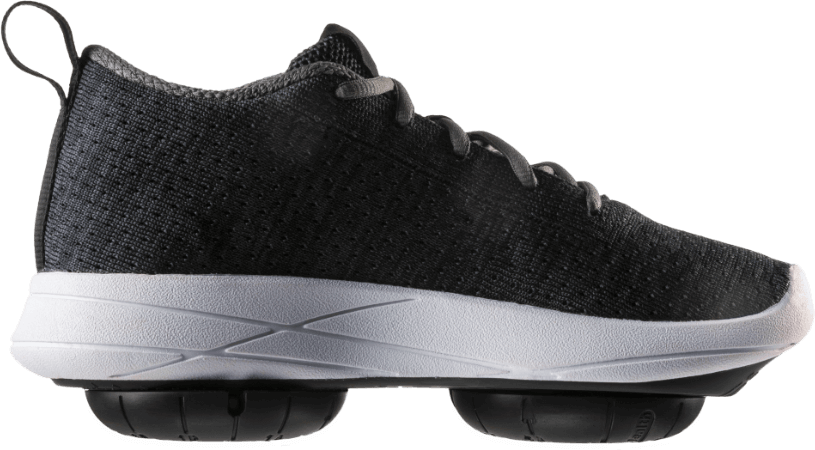The big gait cycle question. Can changing the way you walk relieve chronic pain?
Before you sit down to read this, get yourself a glass of water. Grab a snack. Water the plant that’s looking a bit droopy.
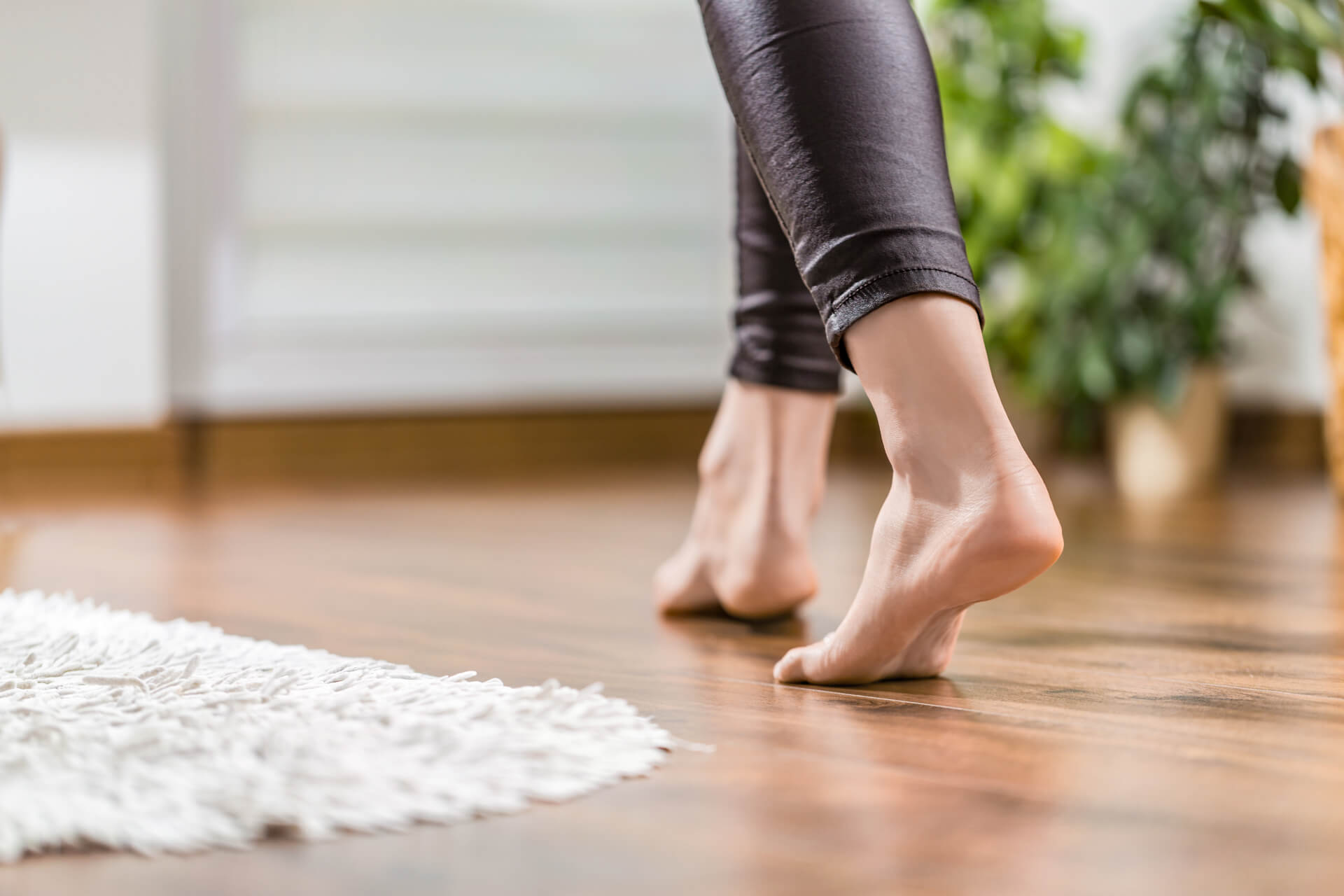
Back already?
Hopefully that was pretty easy—most people learn how to walk as toddlers and unless they’re injured, ill, or elderly, continue to do so throughout our lives without giving walking much thought. However, that simple act of walking across the room was actually a complex, repetitive choreography known as your gait, that involves major parts of your nervous, musculoskeletal, and cardiorespiratory systems. Whether you’re aware of it or not, the motions you repeat when you walk may be causing or exacerbating pain in your ankles, knees, hips, or back. Luckily, it doesn’t have to be that way.
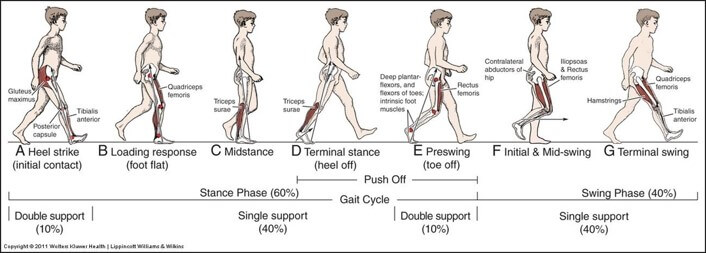
Gait is repetitive—as you walk, you repeat the same motions over and over again. One complete set of the repetitive walking movement is called a gait cycle. Unfortunately, if you’re walking incorrectly, and putting unnecessary stress on your joints and muscles, the problem is occurring thousands of times a day, in each one of your gait cycles. The first step to correcting the problem is to understand how the gait cycle works.
Gait cycle phases
The gait cycle has two main phases: stance and swing. The stance phase, when your foot is on the ground, makes up approximately 60% of the gait cycle and is divided into five sub-phases, each of which can put pressure on your joints if done incorrectly.
The first substage of the stance phase is heel strike, or initial contact, when your heel hits the ground or walking surface. The heel strike is followed by the loading response, or foot-flat, which is the instant in which the rest of the foot comes into contact with the ground, and your full body weight is transferred to that leg. Next comes the midstance, when your body’s center of mass is directly above your ankle joint center, and your hip joint is above your ankle joint. The next stage is toe-off, or push-off, when your toes leave the ground to prepare to propel your body forward. The stance stage ends with the pre-swing, as your body prepares for the swing stage. If you have pain from putting weight on your knee or other weight-bearing joints, you may have difficulty during one or all parts of the stance phase.
In the swing phase, which makes up approximately 40% of the gait cycle, one foot is swinging forward in the air, and your weight is borne entirely on the other leg or foot. If you have weakness in some of your muscles or difficulty with your stance on the other side, you may have problems during this phase.
If your gait cycle is normal you should progress forward, remain stable on one leg at a time, and clear the swinging leg with every step. Your muscles should work to counteract the external force of your body weight connecting with the ground. Likewise, your steps should be even in length, and the length of your step should be appropriate for your height and weight.
The gait cycle and your health
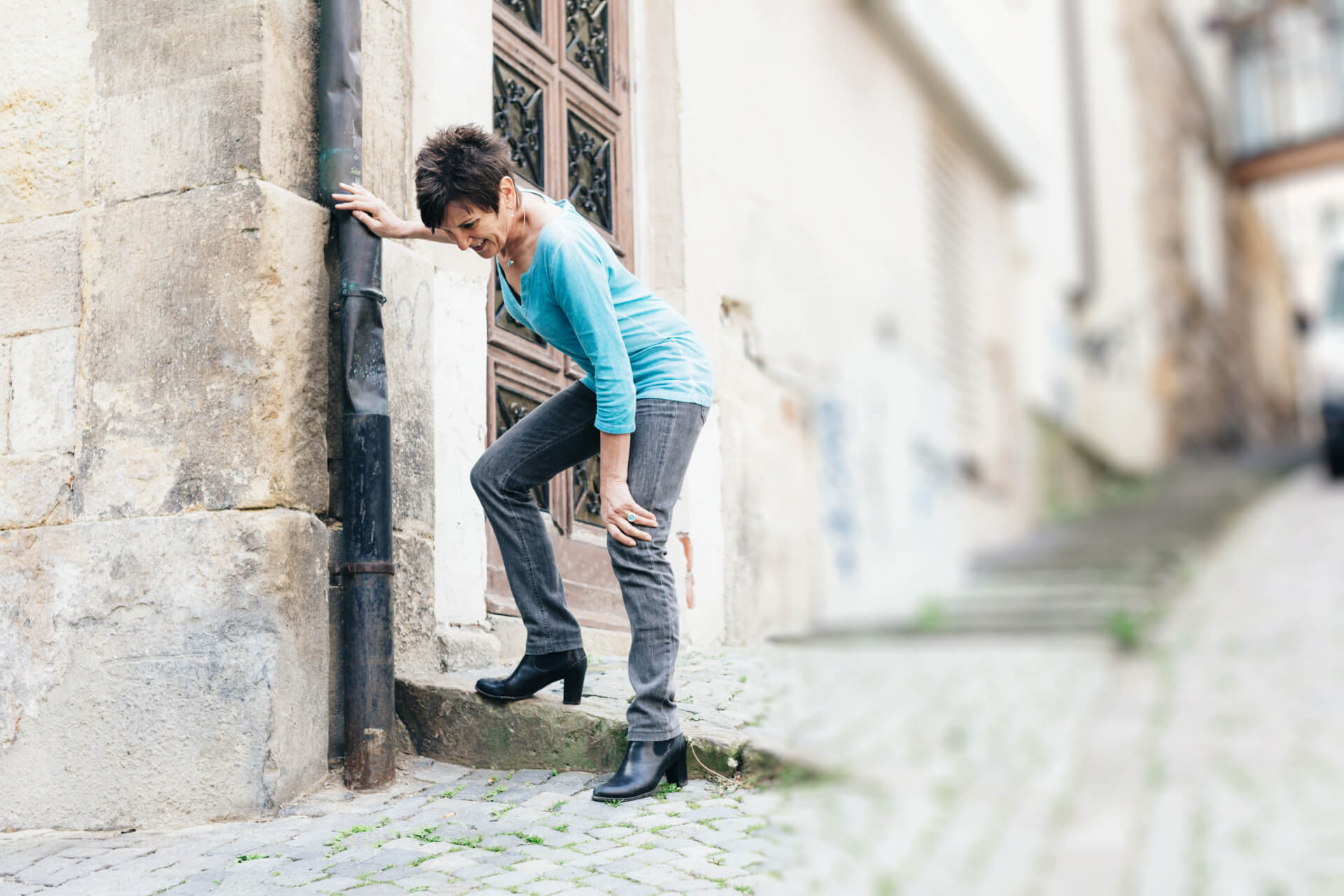
Your gait cycle both impacts and is impacted by a variety of health issues. When you have any pain or weakness, however minor, your body often creates compensations to avoid putting stress on the problematic muscle or joint. The compensations can lead to an imbalance that impacts your gait cycle, and in turn, places excessive stress on other muscles or joints. You may not be aware of this process, and therefore the compensations often continue long after the original pain or weakness has passed, sometimes causing recurring problems and unexplained pain or discomfort in another place in your body.
Imagine you sprained your ankle. Even after the initial injury has healed, and you are no longer using crutches or limping, your ankle may still be sensitive. You may be hesitant to move it as before, causing you to change your gait. For example, when your heel strikes the ground, your ankle muscles, the dorsiflexors, may not be efficiently pulling your tibia (shin bone) forward as they should. Your knee then remains straight rather than bending, and the shock from the ground is directed into your knee joint instead of being absorbed by your strong and durable quadriceps (front of thigh) muscle. Walking this way may become a habit, even after your ankle has healed, and within a short time, you may find yourself suffering from chronic knee pain.
The Benefits of Improving Your Gait
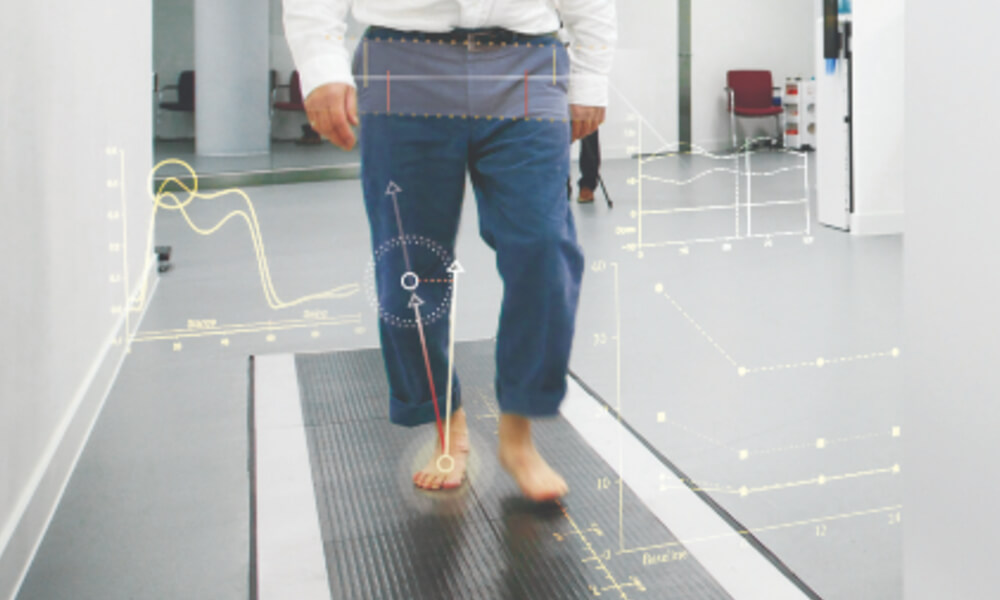
Some diagnostic and treatment options focus on the current source of pain, rather than looking at your gait cycle holistically, assessing how each part of the gait cycle impacts the other. AposHealth® treatment focuses on improving one’s gait at each phase of the cycle based on the assessment of all parts of the gait cycle. It’s even part of the company name—APOS is an acronym for All Phases Of Step.
AposHealth® trained clinicians closely observe each patients’ gait cycle to create a map of their movements, including their mobility, stability, flexibility, and strength. They use this information and identify the origin of the issue being treated and to modify the patient’s gait by appropriately using AposHealth® to directly address the faulty movement. By assessing the entire gait cycle, they gain insight that other clinicians may miss. For example, the AposHealth® treatment of the case described above would include improving the muscular control and coordination of the muscles in the ankle, so it could take on their appropriate role in the gait cycle, and not only focusing solely on the current knee pain.
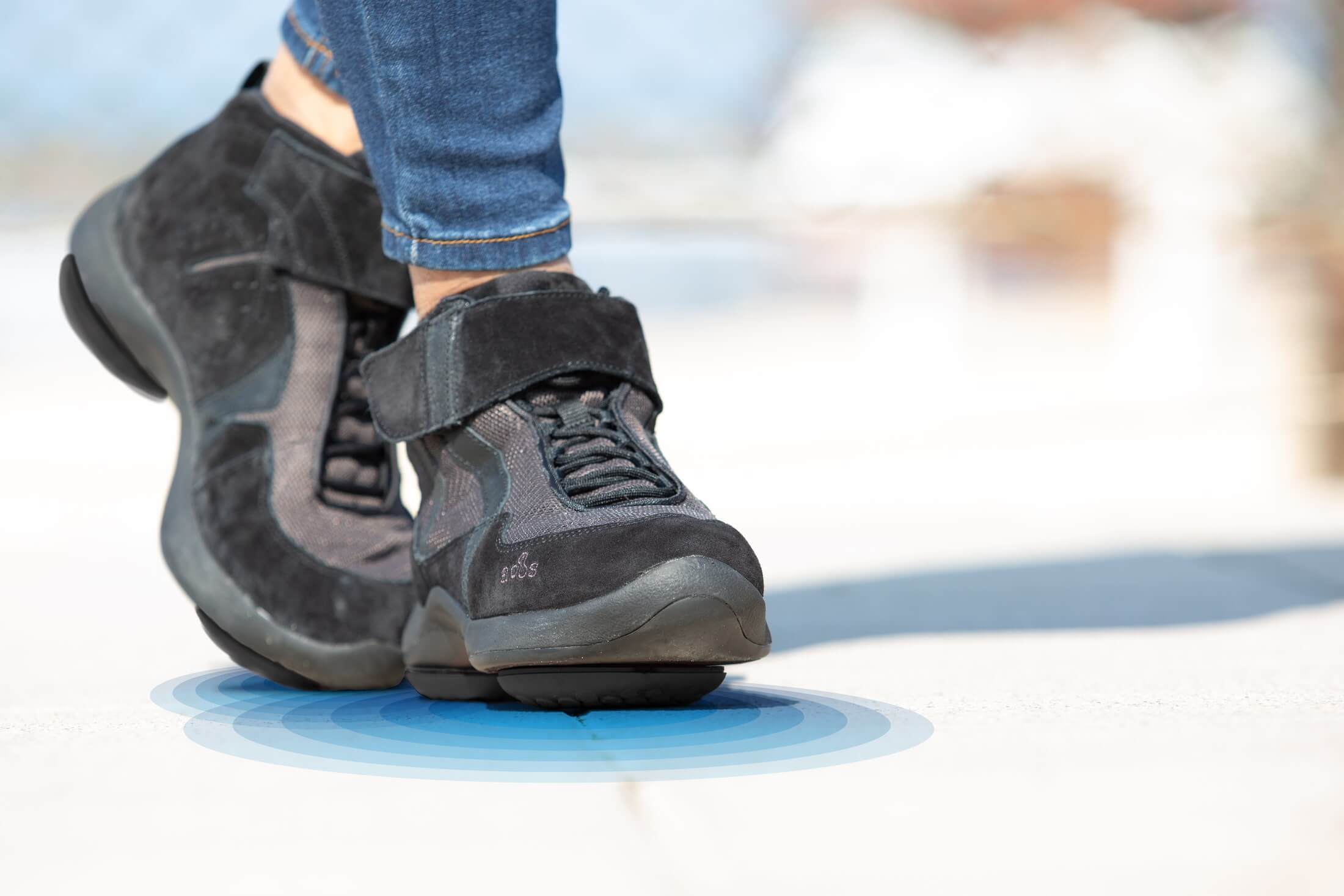
Gait cycles are a complex system of interconnected movements and mechanisms. By managing the gait cycle holistically, and identifying root causes of pain, expert clinicians can both provide temporary relief for current discomfort while also continuing to optimize the patient’s gait in the future. Promoting the health and wellbeing of joints is the key element of AposHealth® solutions.
